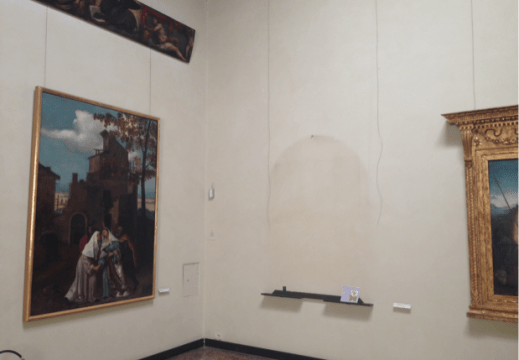Rachida Dati has been appointed as culture minister of France in the reshuffle announced by the new prime minister Gabriel Attal this week. Dati, who is currently serving as mayor of the 7th arrondissement of Paris for the right-wing party Les Républicains, returns to government for the first time after a two-year stint as justice minister under the presidency of Nicolas Sarkozy in 2007–09. She takes over from Rima Abdul Malak, culture minister since 2022, who last month objected to Emmanuel Macron’s new hard-line immigration law (the passing of which was described by Marine Le Pen as an ‘ideological victory’). Shortly afterwards, the French president caused widespread outrage by dismissing Abdul Malak’s suggestion that the actor Gérard Depardieu – who stands formally accused of rape – be stripped of his Legion of Honour as a ‘manhunt’. Dati, who became the first Muslim woman to hold a major government post in 2007, remains under formal investigation by the French financial crimes unit in relation to consulting work she completed for Carlos Ghosn, the former chief of Renault, while serving as a member of the European Parliament from 2010–12. But, as Gabriel Attal said on Thursday after the appointment, ‘an indictment is not a conviction’. Le Monde reports that Dati’s real ambition is to become mayor of Paris – and her agreement to serve in the current adminstration in an unlikely department, is in exchange for being able to run unopposed by any Macroniste candidate in 2026.
Berlin’s Rat für die Künste (Council for the Arts) and thousands of artists – including Turner Prize-winning Jesse Darling and South-African-born Jewish artist Candice Breitz – have been protesting against the Berlin Cultural Senate’s decision to grant funding only to artists who agree to a clause regarding anti-Semitism, as defined by the International Holocaust Remembrance Alliance (IHRA). Artnet reports that the German federal government has fleshed out this definition with an addendum to include the state of Israel. Critics claim that artists’ freedom of political expression is under threat if these conditions of funding are implemented.
Freeman’s, America’s oldest auction house, has announced a merger with the Illinois-based Hindman, making the combined company – named Freeman’s Hindman – the largest auction house in the United States. Set to comprise six salerooms and 18 regional offices around the country, Freeman’s Hindman will open a new permanent saleroom in the Upper East Side of New York later this month. The firm, which will mostly be operating in the upper-middle segment of the market, plans to expand into the international art world. Freeman’s already has a relationship with UK-based auction house Lyon & Turnbull. Current Hindman CEO Alyssa Quinlan will head the new merged firm.
More than 1,700 items are missing from some of Britain’s largest museums, which have responded to Freedom of Information requests sent by PA Media. The National Portrait Gallery is unable to account for the whereabouts of 45 items (0.02 per cent of its collection). They include a drawing of Queen Victoria from 1869, though it maintains the works have not been stolen and are not actually missing. Royal Museums Greenwich, meanwhile, counts 245 objects (out of 2.5 million) as missing, including a computer, a telescope, a cannonball and an Act of Parliament, though it has rediscovered 560 items through audits since 2008. There have also been some suspected thefts – the Science Museum reported two model steam trains as stolen 10 years ago, and the Natural History Museum found a crocodile tooth to have been stolen in 2020. PA put in the FoI requests at the end of last year after news broke that some 2,000 items had been stolen from the British Museum’s collection.
The art critic and junior culture minister of Italy Vittorio Sgarbi has been placed under investigation over allegations that a 17th-century painting in his possession was stolen from a castle in Piedmont. Its owner Margherita Buzio reported The Capture of Saint Peter by Rutilio Manetti missing in 2013, explaining to police that the work had been cut from its frame. A painting of that name was included at an exhibition in Lucca in 2021, with a note explaining that it had come from the Villa Maidalchina, owned by Sgarbi. The work was recognised as being almost identical to the stolen painting, but for one difference – a small candle in the top-left corner. Sgarbi, who denies the allegations, has maintained that the painting he exhibited was the original, which he found while restoring an abandoned villa in 2000, while the stolen painting was a ‘bad copy’ from the 19th century. An investigation by the Italian public broadcaster RAI has suggested that the candle has been added at a recent date, allegedly to conceal the identity of the painting.
Unlimited access from just $16 every 3 months
Subscribe to get unlimited and exclusive access to the top art stories, interviews and exhibition reviews.














![Masterpiece [Re]discovery 2022. Photo: Ben Fisher Photography, courtesy of Masterpiece London](http://zephr.apollo-magazine.com/wp-content/uploads/2022/07/MPL2022_4263.jpg)






